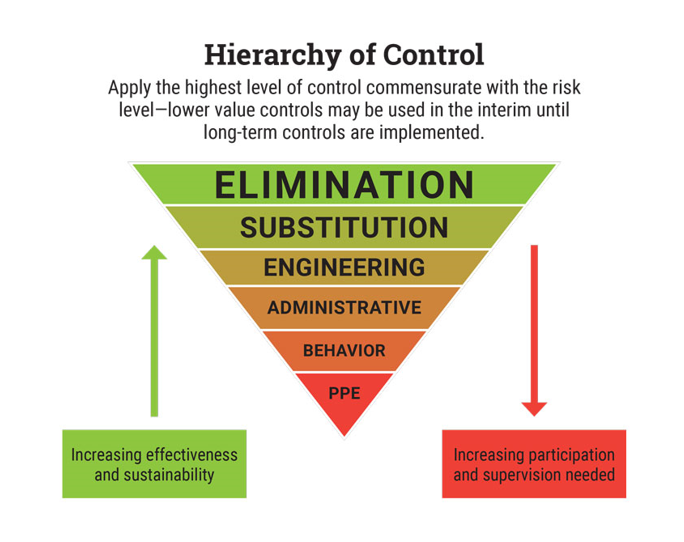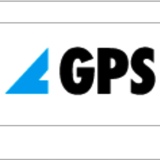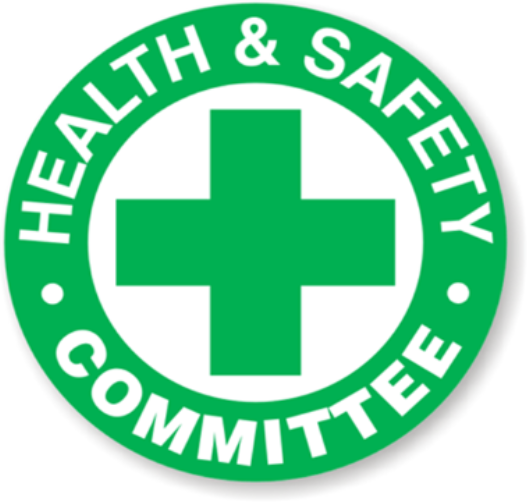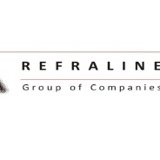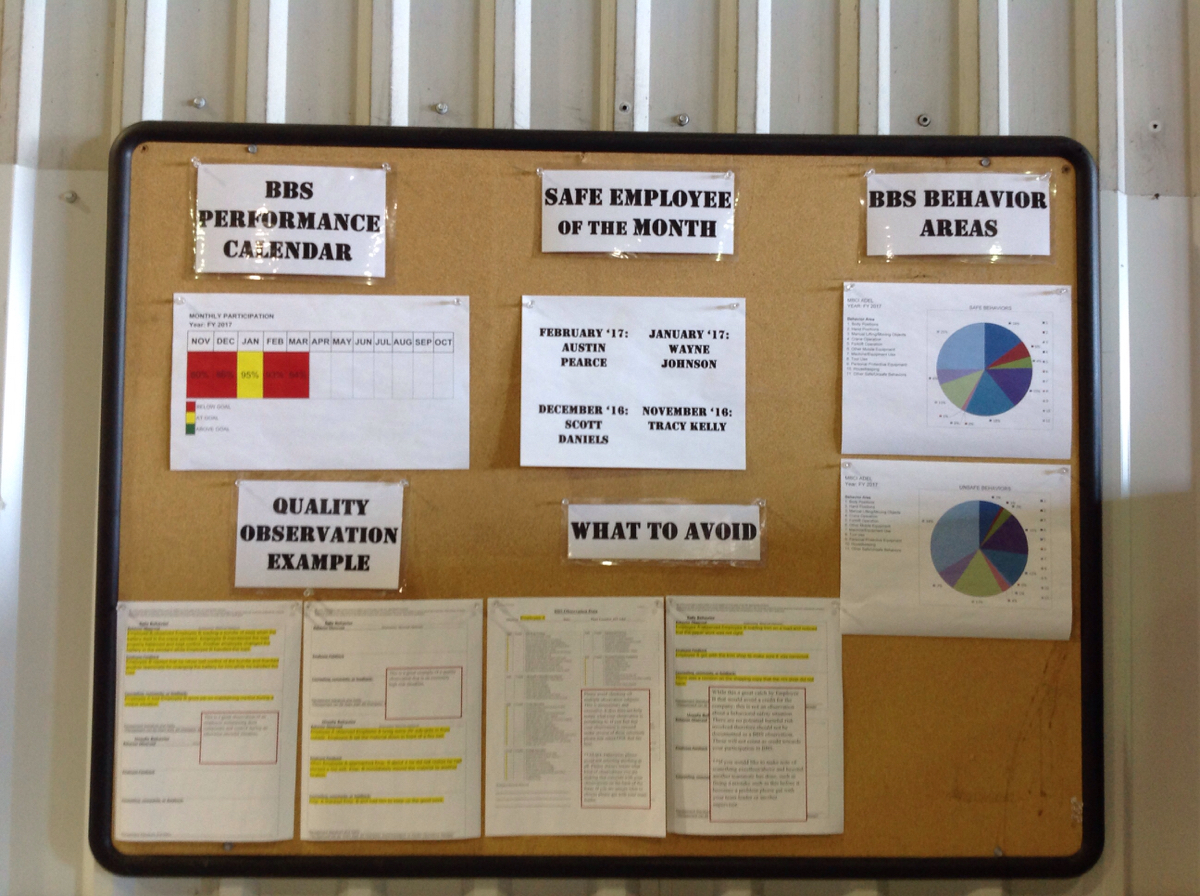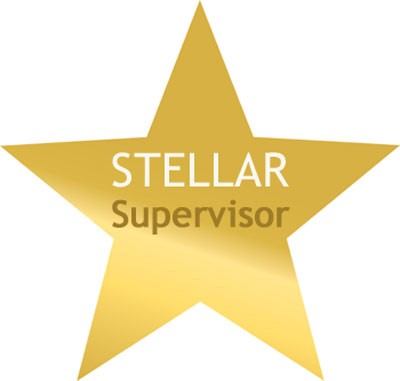Title Page
-
Site conducted
-
Conducted on
-
Prepared by
-
LOCATION OF INSPECTION
-
Definitions:
• Hazard: Something that has the potential to cause harm. This may include substances, plant, work processes and/or other aspects of the work environment
• Risk: The likelihood that death, injury, or illness may occur due to the hazard.
Inspection procedure:
• Inspections are to be conducted as per the HIT Team Audit Schedule, detailed below. The previous inspection should be reviewed to ensure all items requiring attention have been actioned.
• Inspections must be conducted by a minimum of 2 staff; one from the area being audited, and at least one from various other departments.
• Prior to any inspection taking place, the Supervisor of the area must be informed.
• On completion of the walk through, any hazards identified are to be carried forward to the Action plan. Document any hazards that are immediately rectified.
• Any hazards / risks that are being caused by contractors should be immediately brought to the attention of the Production Manager. The person in charge of the contractor shall liaise with the contractor to ensure these problems are rectified.
• Upon completion of the HIT Team Audit and the creation of an Action Plan, the document must then be forwarded to the Training & Safety Coordinator who will track the progress of the Action plan.
Inspection Matrix:
Inspections are to be conducted as per the HIT Team Audit Schedule. The inspections will be coordinated by the Training & Safety Coordinator. The schedule will be as follows:
1.0 Last HIT/WHSO
-
1.1 Have all actionable items from previous HIT audits been completed?
-
1.2 Have all actionable items from previous WHSO audits been completed?
2.0 Safety (Personal)
-
2.1 Are workers wearing the appropriate personal protective equipment (PPE) for their task (gloves, hearing protection)?
-
2.2 Are all workers in the correct, food safe, clothing (white uniform (top), safety shoes, hairnet)?
-
2.3 Are workers wearing watches or jewellery?
-
2.4 Do workers know who their immediate first aid officer is?
-
2.5 Do workers know who their fire warden is?
-
2.6 Do workers follow safety standards, using movements that reduce ergonomic risks?
3.0 Safety (Site)
-
3.1 Is all equipment ‘fit for purpose’?
-
3.2 Are machine guards in place and functioning properly?
-
3.3 Are all cross-hatched areas free from clutter?
-
3.4 Are designated walkways being adhered to?
-
3.5 Are one-way traffic rules observed?
-
3.6 Is appropriate PPE supplied and being used and cleaned regularly?
-
3.7 Is adequate signage displayed in areas where PPE is required?
-
3.8 Do workers know how to correctly identify Hazard/Incidents? (Ask some)
4.0 First Aid
-
4.1 Are first aid kits available?
-
4.2 Is appropriate first aid signage and first aid officer signage visible?
-
4.3 Are the contents of the first aid kit in date?
-
4.4 Are adequate first aid suppliers available for this area?
-
4.5 Are emergency showers and eye wash stations functioning? (boiler room, sugar silo, koala)
5.0 Emergency Evacuation / Fire Safety
-
5.1 Is there a current evacuation map displayed in this area?
-
5.2 Are EXITS well marked?
-
5.3 Are EXITS kept clear?
-
5.4 Are the identities of ECO (Emergency Control Organisation members) displayed clearly in the area?
-
5.5 Is there ready access to portable fire equipment (availability and no obstructions)?
-
5.6 Are portable fire equipment (e.g. hose reels, extinguishers, blankets) tested, tagged and in date?
6.0 Hearing Protection
-
6.1 Is hearing protection required for this area?
-
6.2 Is there appropriate signage/advertising regarding required PPE?
-
6.3 Are workers wearing hearing protection?
-
6.4 Is hearing protection available?
7.0 Electrical
-
7.1 Is electrical equipment tested, tagged and in date?
-
7.2 Are leads in good condition?
-
7.3 Is clear access provided to switchboards (outside the production office, in Maintenance, in Warehouse)?
-
7.4 Are switchboards in good condition (e.g. no dents in covers, marking legible)?
8.0 Hazardous Substances
-
8.1 Are hazardous substances correctly stored according to the Material Data Sheet (MSDS)?
-
8.2 Is there ready access to MSDS?
-
8.3 Are MSDS in date? (5-year expiry)
-
8.4 Are containers well marked and labelled correctly?
-
Is there appropriate ventilation in areas where chemicals are stored and used?
-
Are chemicals appropriately segregated (refer any outstanding items on ECOLAB audits?
-
Are dangerous goods (including flammable goods) appropriately stored in the DG room?
9.0 Notices / Forms
-
9.1 Are the following notices current and displayed in a prominent place:
-
9.2 Workplace Health and Safety policy
-
9.3 Rehabilitation policy
-
9.4 Identity of the ECO Team
-
9.5 Are blank Incident & Hazard Report forms (WS 14_03) readily available
10.0 Amenities
-
10.1 Are lunchroom / kitchen facilities maintained in a clean and tidy state?
-
10.2 Are toilets maintained in a clean and tidy state?
11.0 Outside
-
11.1 Are parking areas well marked?
-
11.2 Is line marking clear and legible?
-
11.3 Are driveways and pathways in good condition?
-
11.4 Is the site well signed?
-
11.5 Are gardens/lawns adequately maintained?
12.0 HIT Review
-
Outline any situations / work practices / comments regarding what you observed during your walk through, that may require mitigation.
ACTION PLAN
-
Distribution: On completion, the Hazard Inspection Checklist is to be forwarded to the HR Administrator/Training & Safety Coordinator
-
-
Item No.
-
Description
-
Rating
-
Hazard Register
SIGN OFF
-
Name and Signature








